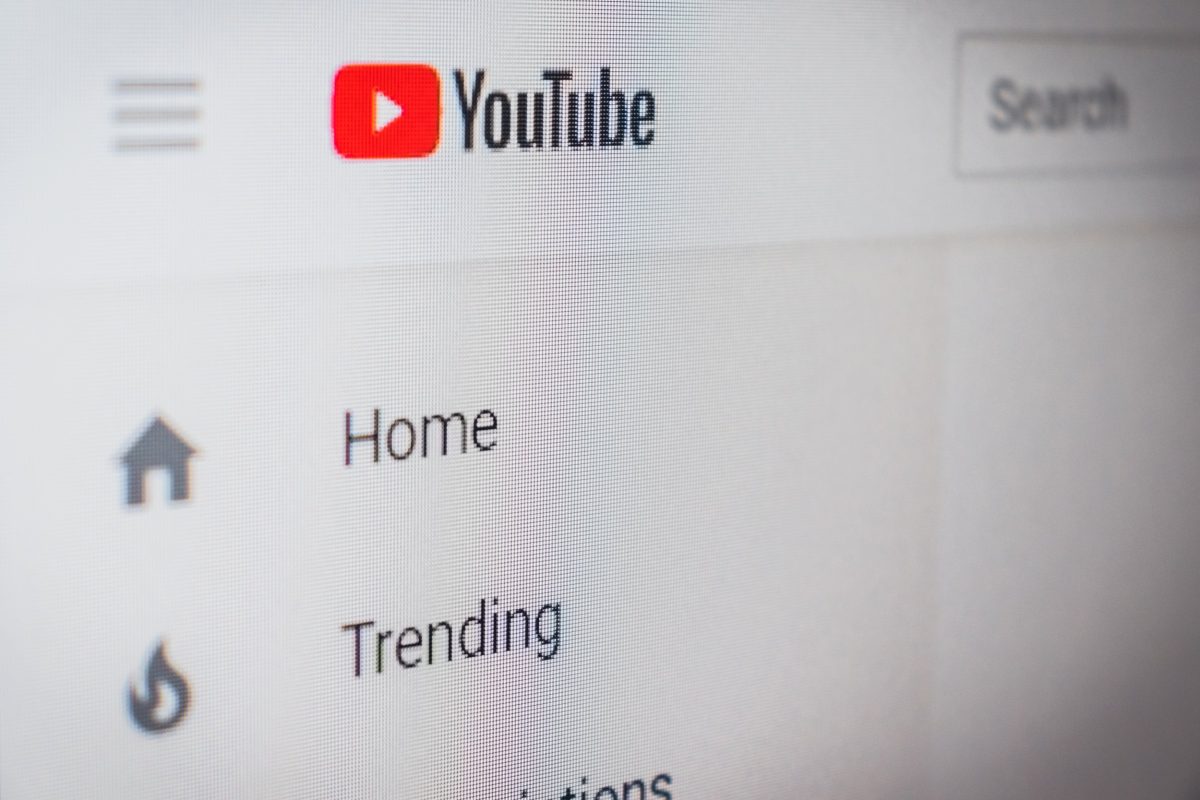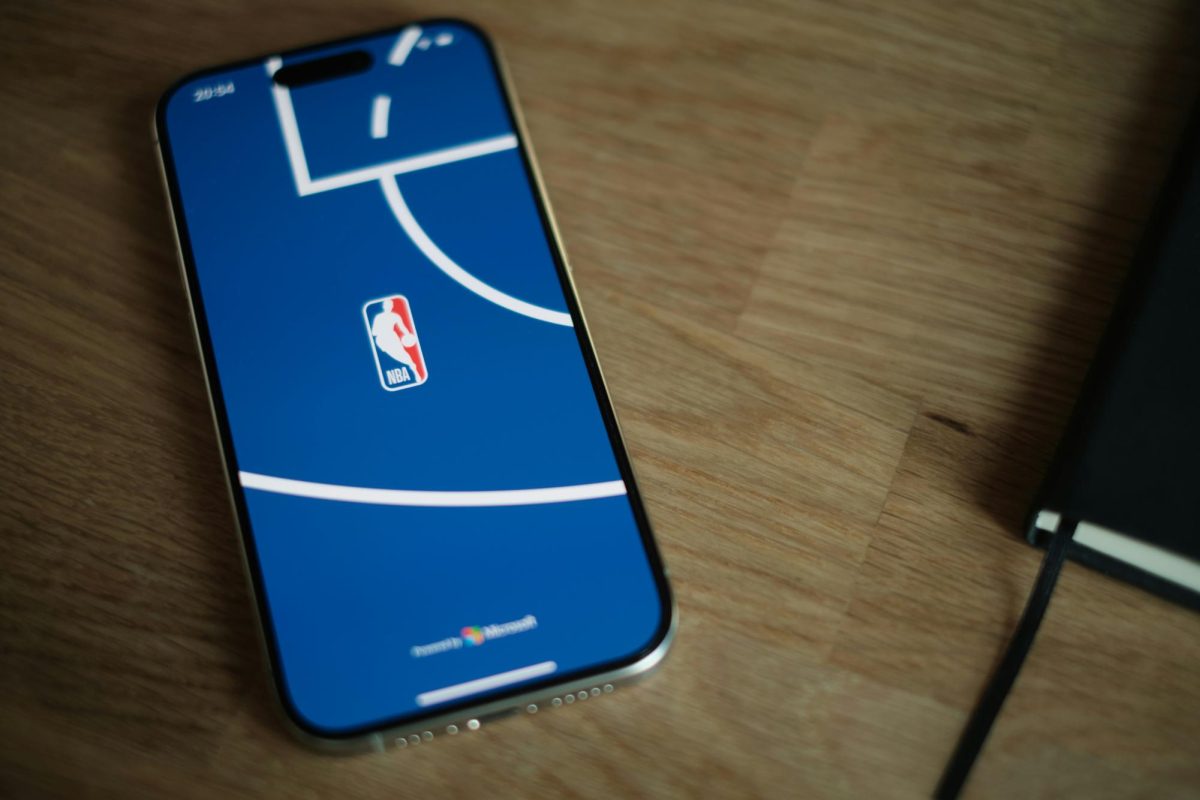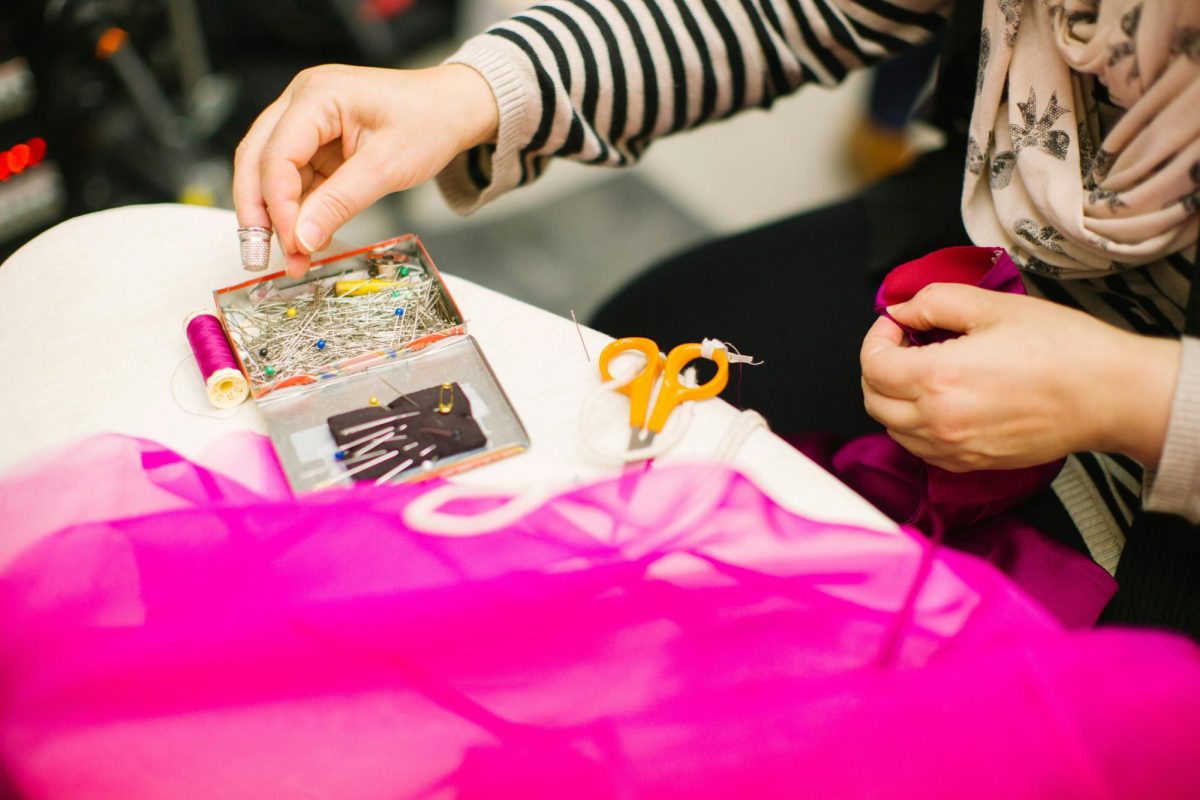Photo courtesy of Christian Wiediger on Unsplash
Since the first YouTube video “Me at the zoo” was uploaded in 2005, YouTube has grown substantially as an entertainment platform. During the early days of YouTube, an audience of millions was unheard of and seemingly impossible. Since then, the video-sharing platform has become a multi-billion-dollar empire of content and content creators, with old notable names and newfound fame for newer creators. This rapid development, of course, did not come without problematic new YouTube stars.
By granting any individual this power, there comes an obvious possibility that it could be misused, especially for YouTubers whose primary audience are children and teenagers. There is an epidemic of YouTubers using their large platforms to publish inappropriate yet eye-catching content that preys on young audiences.
Individuals like Onision and Shane Dawson are excellent examples of early YouTubers who rose to fame by amassing an audience of predominantly younger teens.
For instance, Onision, actually James Jackson, had a popular series in which he would rate fans and their bodies, encouraging his fans, which were primarily underage girls, to send in photos of themselves to his website forum for him to rate and judge – videos that are still available for viewing with a simple Google search. He also was noted to create numerous relationships online with his underage fans. In January 2021, Discovery+ released a documentary in which Chris Hansen from “To Catch a Predator” presented the claims of three women who stated that Jackson had groomed or abused them and then used his platform and audience to harass them.
Shane Dawson had his significant cancellation in 2020, facing similar claims of past racism, sexism and predatory content despite making the actual videos themselves up to a decade prior. One influential part of his downfall in popularity was a clip of him pretending to masturbate in front of 11-year-old Willow Smith, for which Jaden Smith publicly shamed him, as Insider described. Dawson also often posted videos of himself in blackface, saying the n-word or acting out extremely racist stereotypes. Even despite these clips and further harmful content, Dawson garnered tens of millions of subscribers and billions of total views.
For an audience of largely pre-teens, this content being normalized was, and is, extremely damaging, especially when one considers that he had such a large platform for so long and still does, maintaining over 19 million subscribers.
While those examples are from YouTubers who claimed their fame in the 2000s to the 2010s, an era with less regulation from both viewers and the platform itself, the current popular trend of advertising to specifically children while making content that is clearly not child-friendly is plaguing the platform.
Brent Rivera is a current prime example of this behavior, creating videos with catchy clickbait titles and colorful thumbnails, many of which involve half-naked women and sexually suggestive wording and imagery.
Rivera started as a Vine star and moved to YouTube after Vine shut down. As a result of his popularity on Vine, he quickly gained a large audience on YouTube, where he now has over 25 million subscribers, many of whom are children or young teens. But considering that some of Rivera’s popular, multimillion-view videos are “Touch my body challenge (gone wrong),” “Don’t sit on the wrong item” and “They thought they were home alone (caught),” all of which are paired with an equally suggestive thumbnail, his content is hugely problematic for his young, impressionable audience.
While these are only a few of many noteworthy examples, many famous content creators on YouTube whose main audience consists predominantly of children and teens have probably the greatest potential for harm on the entire app. Whether having just recently risen to YouTube stardom or holding a decade of experience, it doesn’t matter.
It is important to mention the significant yet unique harm these specific pop-culture figures can do. With a further emphasis of YouTubers catering to child audiences after seeing the immense views and success it can bring, more and more creators are following this inappropriate and predatory model to rope in young fans. It’s an infestation on the platform and just plain weird.







